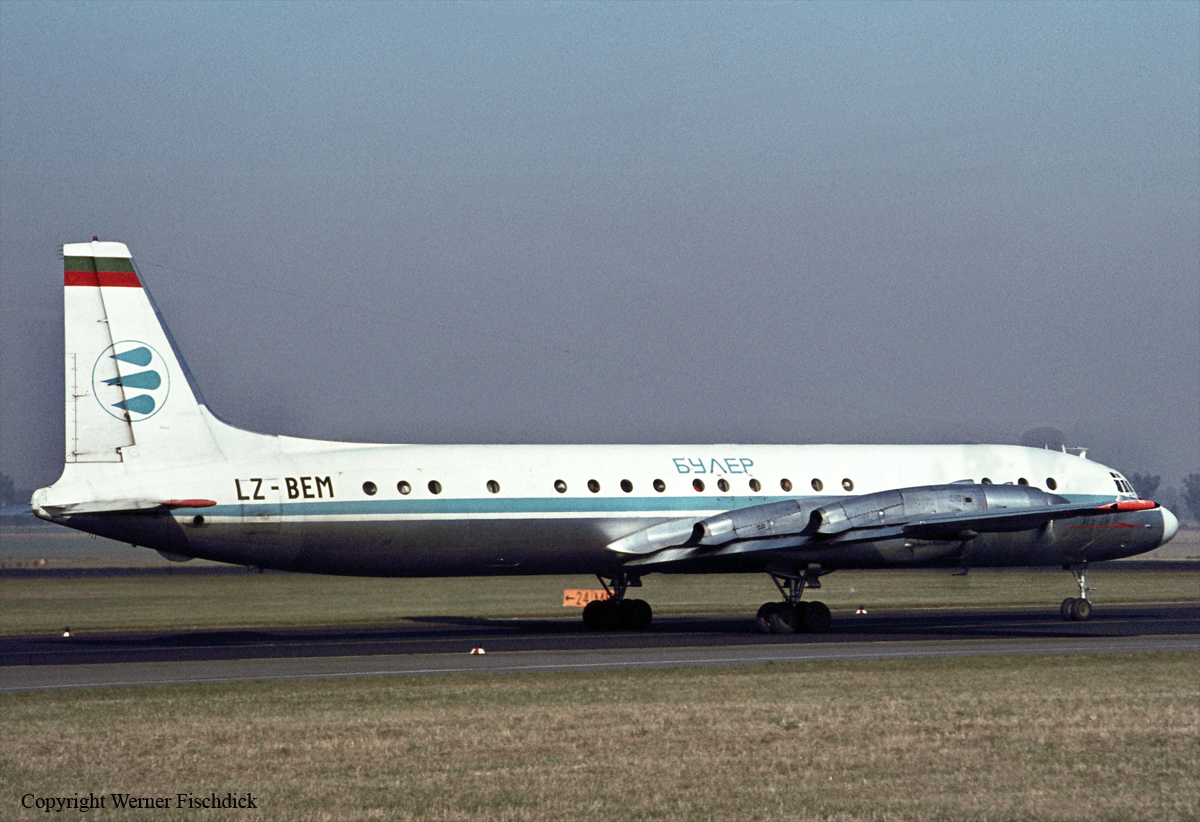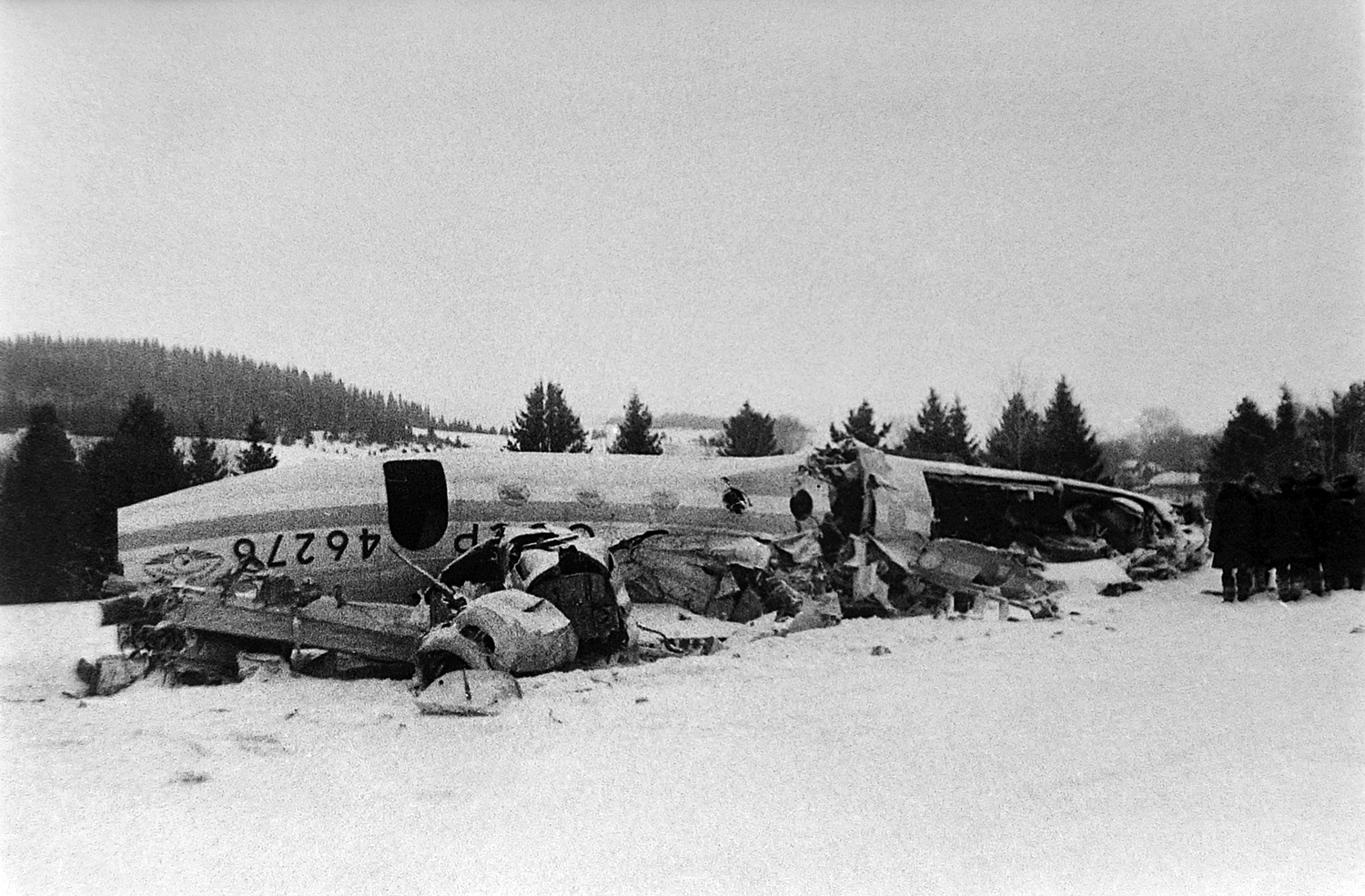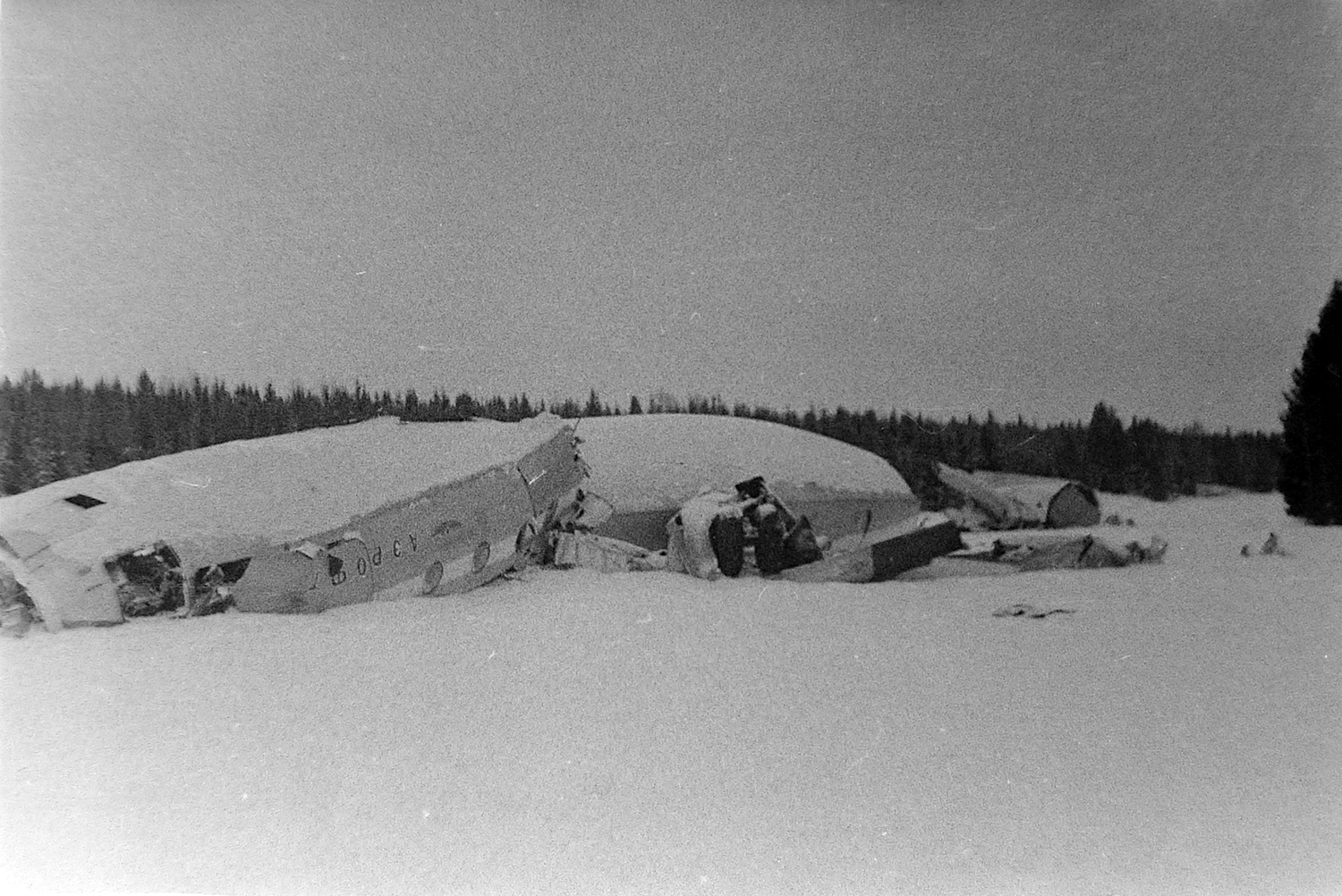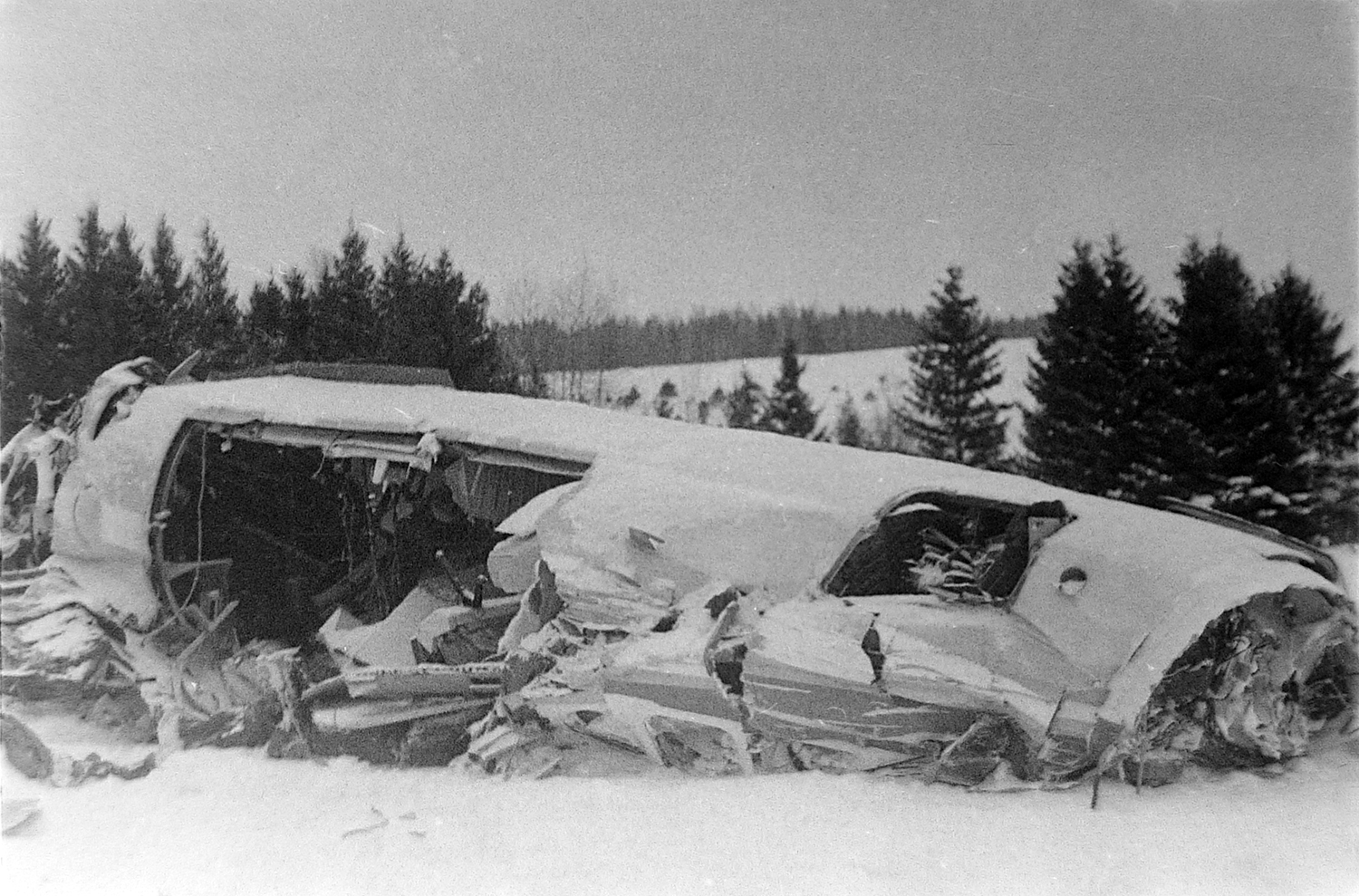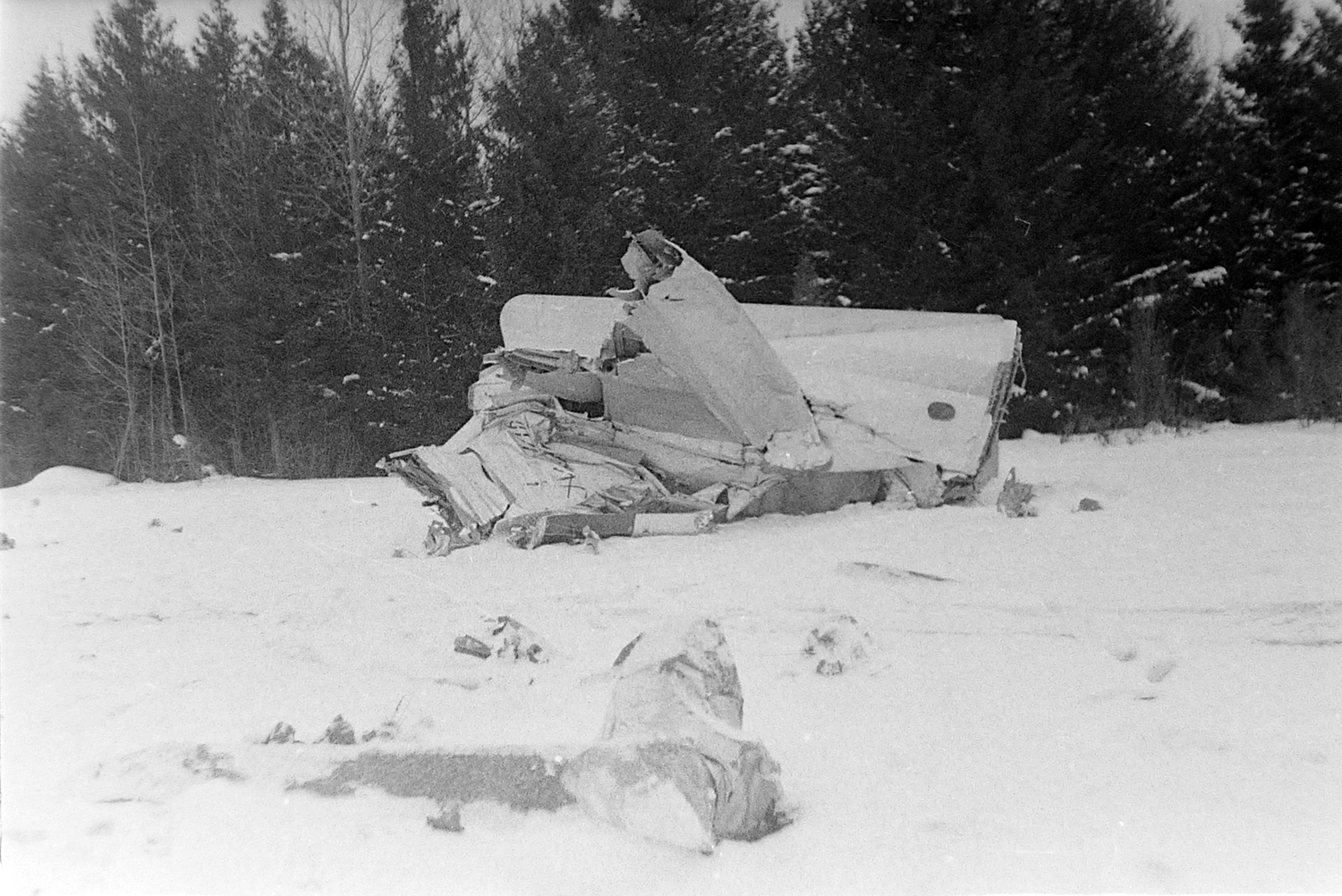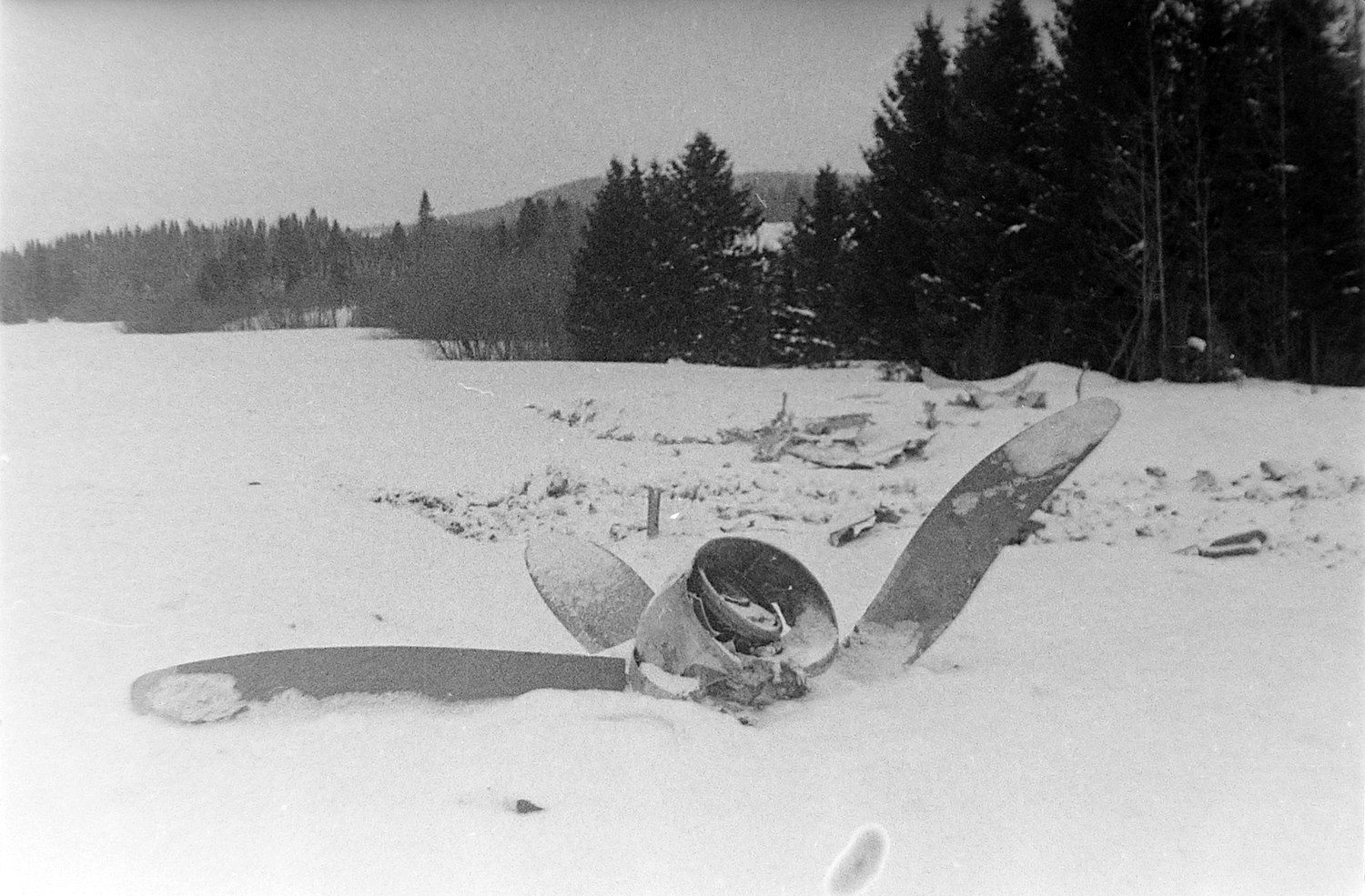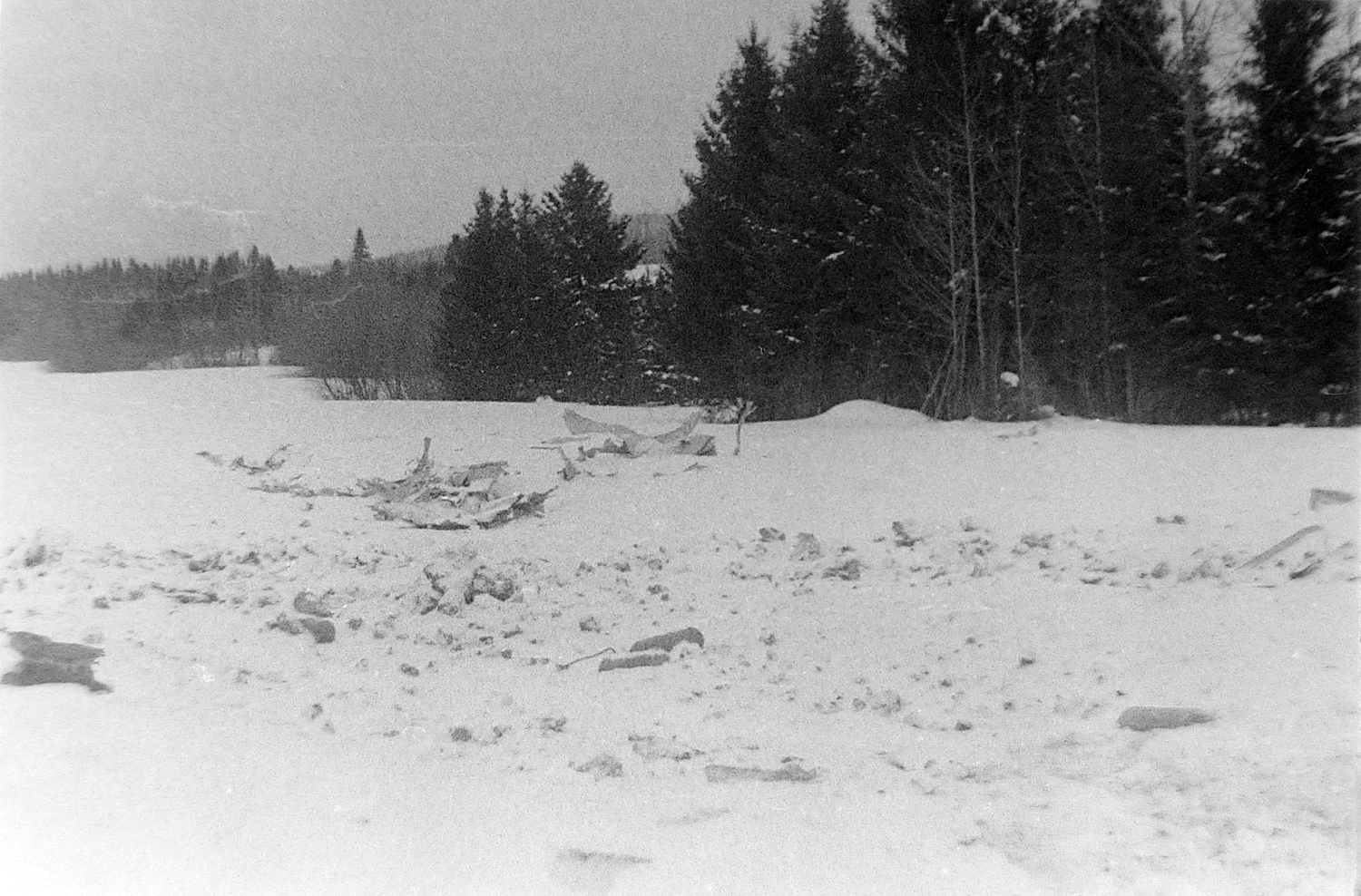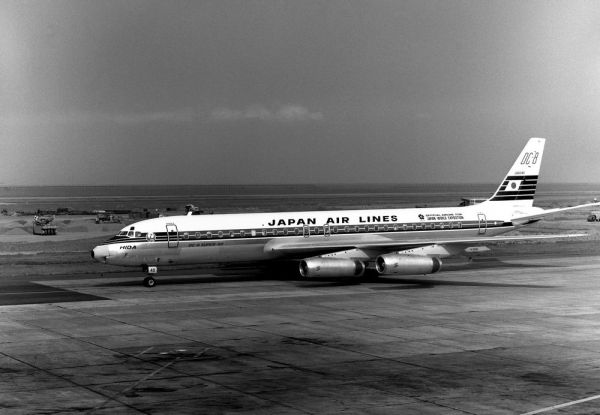Crash of an Antonov AN-2T in Serov
Date & Time:
Mar 6, 1973
Registration:
CCCP-93467
Survivors:
Yes
Schedule:
Sverdlovsk – Serov – Ivdel – Ust-Manya
MSN:
1 31 473 05
YOM:
1953
Crew on board:
0
Crew fatalities:
Pax on board:
0
Pax fatalities:
Other fatalities:
Total fatalities:
0
Circumstances:
The engine failed in flight, forcing the pilot to attempt an emergency landing. The aircraft crash landed in a field in Serov and was damaged beyond repair. There were no casualties.
Probable cause:
Engine failure.





